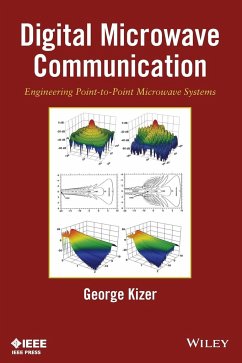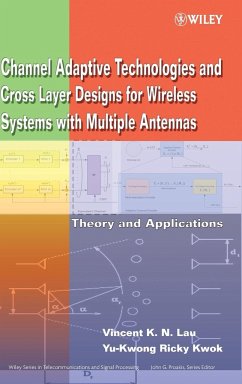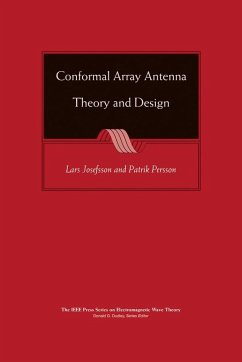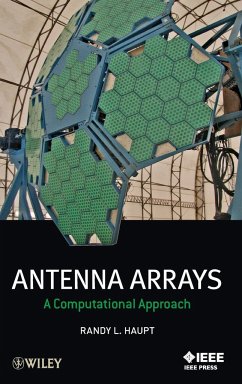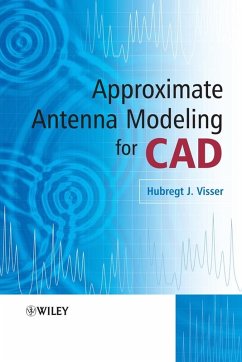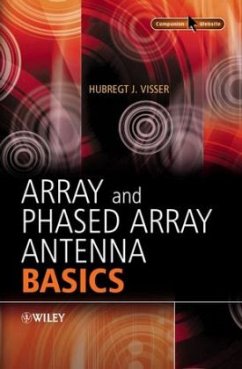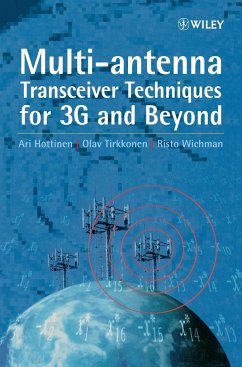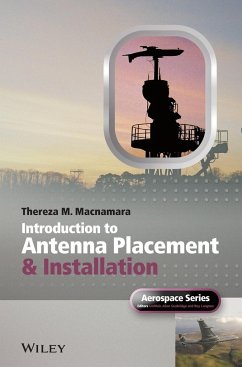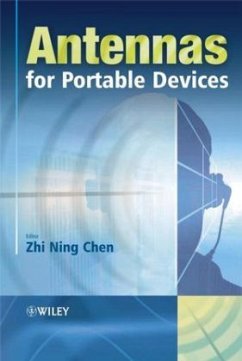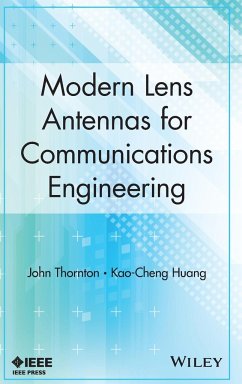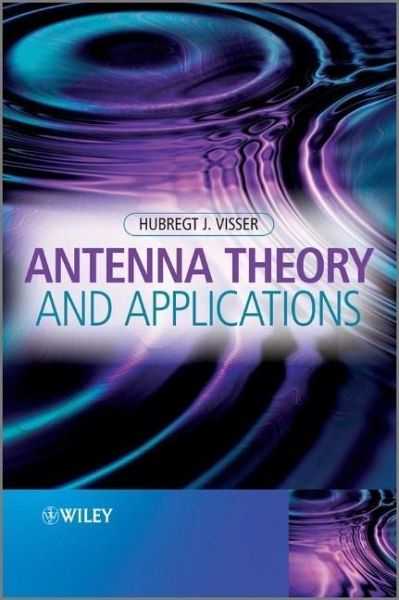
Antenna Theory and Applications
Versandkostenfrei!
Versandfertig in über 4 Wochen
92,99 €
inkl. MwSt.
Weitere Ausgaben:

PAYBACK Punkte
46 °P sammeln!
This comprehensive text on antenna theory explains the origin of radiation and discusses antenna parameters in-depth This book offers an in-depth coverage of fundamental antenna theory, and shows how to apply this in practice. The author discusses electromagnetic radiation and antenna characteristics such as impedance, radiation pattern, polarization, gain and efficiency. In addition, the book provides readers with the necessary tools for analyzing complex antennas and for designing new ones. Furthermore, a refresher chapter on vector algebra, including gradient, divergence and curl operation ...
This comprehensive text on antenna theory explains the origin of radiation and discusses antenna parameters in-depth This book offers an in-depth coverage of fundamental antenna theory, and shows how to apply this in practice. The author discusses electromagnetic radiation and antenna characteristics such as impedance, radiation pattern, polarization, gain and efficiency. In addition, the book provides readers with the necessary tools for analyzing complex antennas and for designing new ones. Furthermore, a refresher chapter on vector algebra, including gradient, divergence and curl operation is included. Throughout the book ample examples of employing the derived theory are given and all chapters are concluded with problems, giving the reader the opportunity to test his/her acquired knowledge. Key Features: * Covers the mathematical and physical background that is needed to understand electromagnetic radiation and antennas * Discusses the origin of radiation and provides an in-depth explanation of antenna parameters * Explores all the necessary steps in antenna analysis allowing the reader to understand and analyze new antenna structures * Contains a chapter on vector algebra, which is often a stumbling block for learners in this field * Includes examples and a list of problems at the end of each chapter * Accompanied by a website containing solutions to the problems (for instructors) and CST modeling files (www.wiley.com/go/visser_antennas This book will serve as an invaluable reference for advanced (last year Bsc, Msc) students in antenna and RF engineering, wireless communications, electrical engineering, radio engineers and other professionals needing a reference on antenna theory. It will also be of interest to advanced/senior radio engineers, designers and developers.




